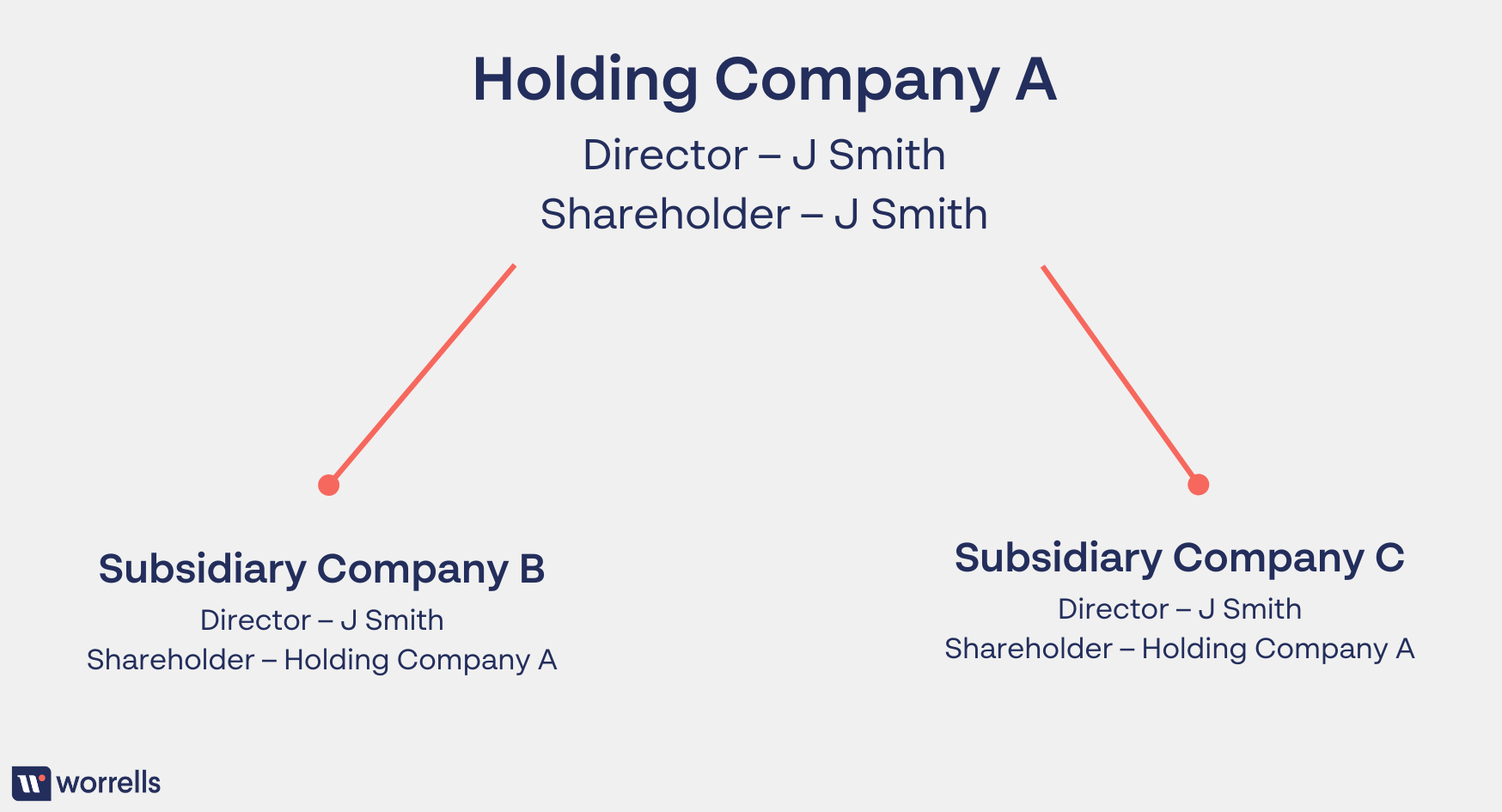Directors restricted to one SBR every 7 years
As most advisors would now be aware, the Small Business Restructuring (SBR) process is not available to all companies and there are certain eligibility criteria which must be met.
In addition to having liabilities of less than $1M, having employee entitlements up to date and tax lodgements also up to date, there is a restriction on directors who have used the SBR process or undertaken a simplified liquidation already.
In this regard, a company is not eligible to commence the SBR process if directors have also been a director of a company that has been under restructuring (or subject of a simplified liquidation) in the past 7 years. Former directors who resigned in the previous 12 months, are also factored into this restriction.
This means that the exclusion to undertake more than one SBR in a 7-year period essentially moves with a director.
It should be noted that the restriction above does not apply to creditors' voluntary liquidations generally and only to the use of the simplified liquidation process.
Exemption for group companies
There is one exemption in the legislation which allows a director to utilise the SBR process for more than one company of which they are a director.
In this regard, the Corporations Regulations provide that where an SBR process has been commenced for one company, the SBR process can be commenced for a related body corporate if the restructuring process for the other company commenced no more than 20 business days before.
This allows for several related companies to all initiate the SBR process at the same time (or at least within 20 business days of each other).
The question, however, is what relationship between the companies enables them to meet the exemption definition under the Corporations Regulations above?
Related body corporates
As mentioned, the Corporations Regulations provide for an exemption for a director to undertake another SBR process for a related body corporate. Section 50 of the Corporations Act 2001 (the Act) sets out the meaning of a related body corporate as follows:
s50 Where a body corporate is:
- (a) a holding company of another body corporate; or
- (b) a subsidiary of another body corporate; or
- (c) a subsidiary of a holding company of another body corporate;
the first-mentioned body and the other body are related to each other.
The above definition of related body corporate is clearly different to the definition of a related entity under section 9 of the Act. This is important when considering whether companies which have the same directors are eligible to enter into the SBR process at the same time.
As an example, the structure below is one which would enable the SBR process to be undertaken for multiple companies at the same time.

Company A, Company B and Company C meet the definition of related body corporates under the Act, and therefore, it would be possible for the director to undertake the SBR process for one or more of these companies (as long they are initiated within 20 business days of the first being commenced).
Common directorships/shareholdings
In the SME space, we often see directors operating several companies where they are also a shareholder or sole shareholder as shown below:

In the above circumstances, as the same director is the director of Company A, Company B and Company C, the companies are related entities under the definition in section 9 of the Act, however, they are not related body corporates as defined in section 50 of the Act.
Therefore, it would not be possible for the director to undertake the SBR process for more than one of these companies at the same time.
Conclusion
Those directors who may have multiple companies should be aware of the restriction that they can only use the SBR process once every 7 years. Further, while there is some scope for such directors to undertake multiple SBRs of group companies at the same time, they need to be aware that this exemption is limited to those companies who are related body corporates.
The content of this article is intended to provide a general guide to the subject matter. Specialist advice should be sought about your specific circumstances.

